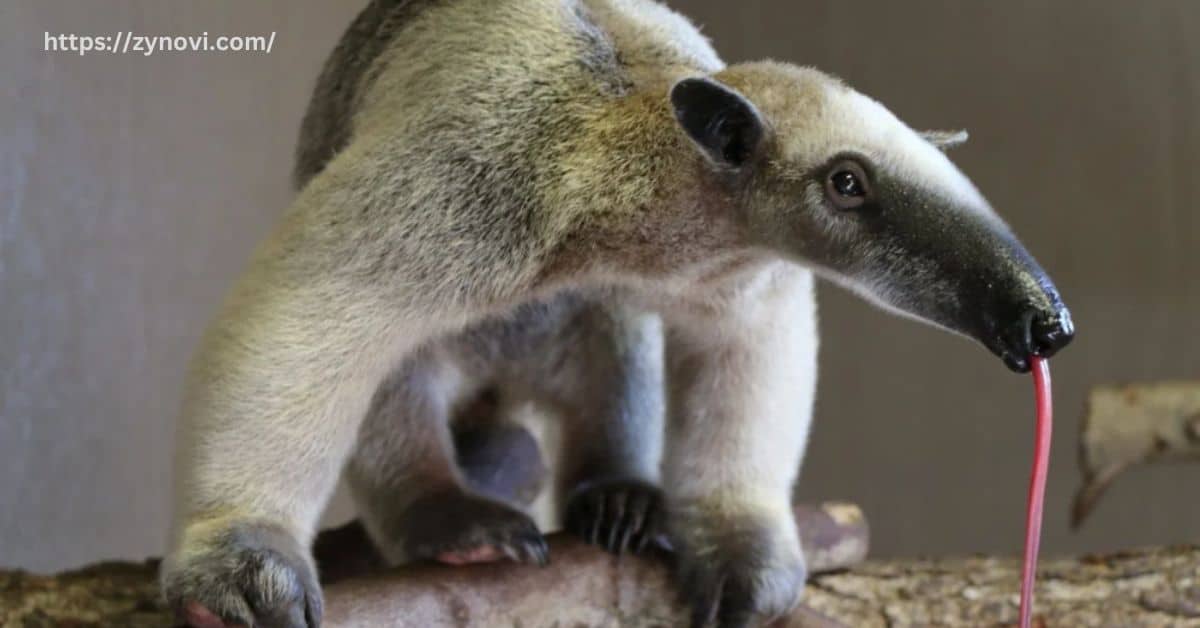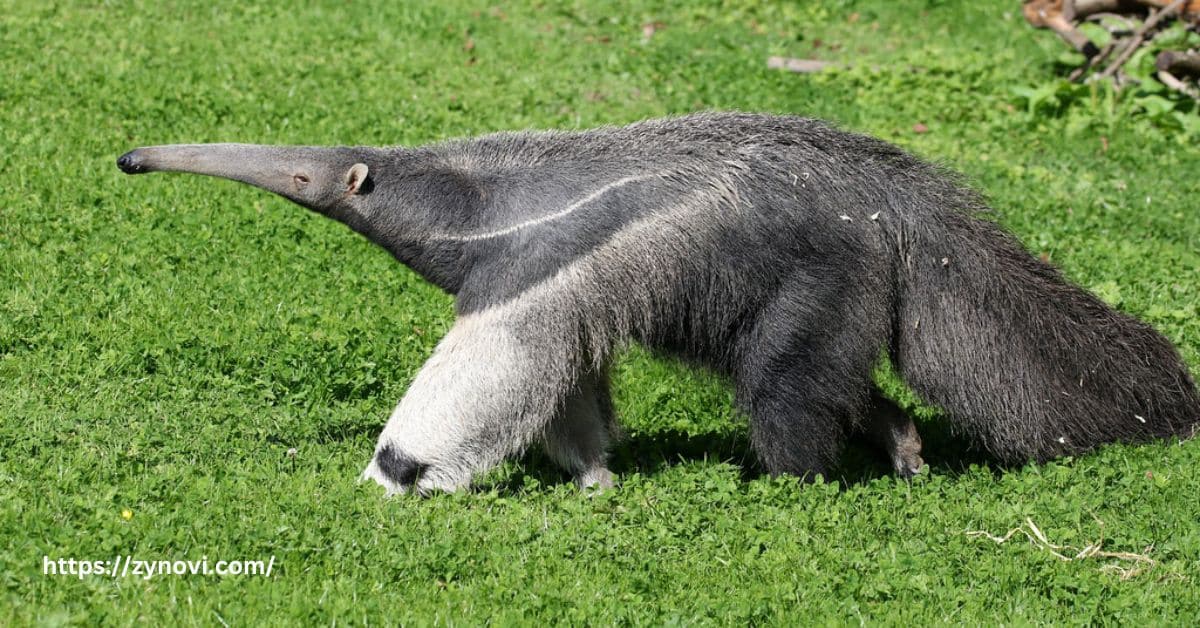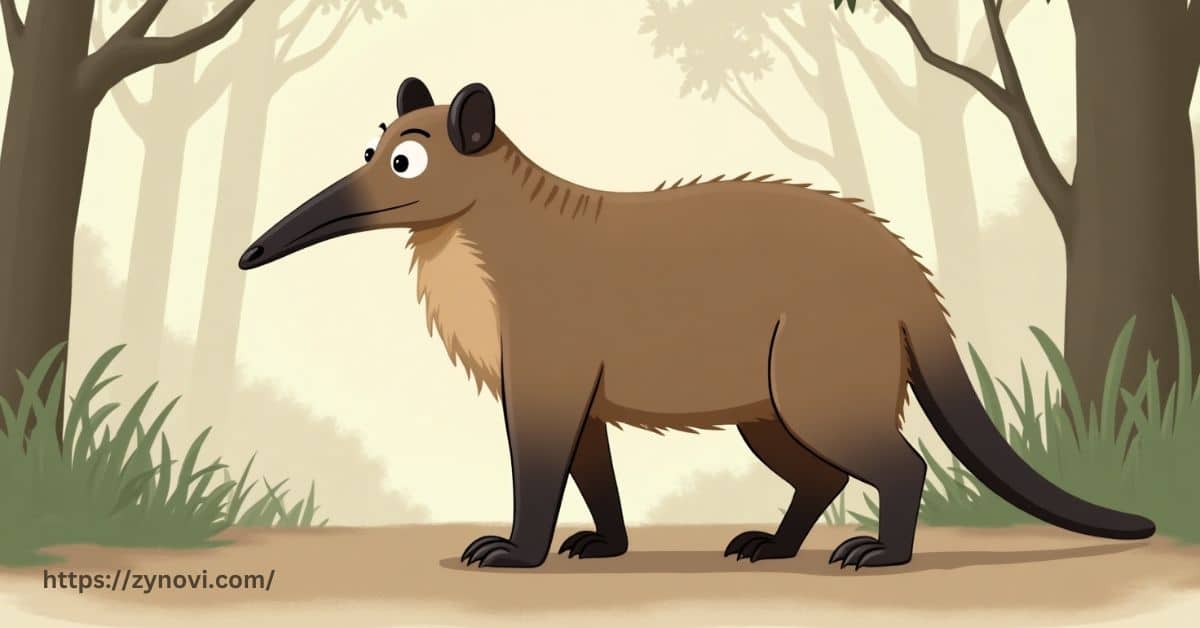Do Anteaters Attack Humans? Anteaters generally do not attack humans but may become defensive and use their claws if they feel threatened.
If you’re curious about these fascinating creatures and whether they pose any threat to humans, you’re in the right place! Anteaters are known for their unique appearance and insect-eating habits, but what happens when they encounter people?
In this article, we’ll jump into the behavior of anteaters, uncovering how they react to humans and whether their powerful claws can be a danger. If you’ve ever wondered about the safety of interacting with these wild animals, keep reading to find out everything you need to know!
What Are Anteaters?
Anteaters are a group of mammals known for their long snouts, sticky tongues, and specialized diet. There are four main species of anteaters:
- Giant Anteater (Myrmecophaga tridactyla)
- Silky Anteater (Cyclopes didactylus)
- Northern Tamandua (Tamandua mexicana)
- Southern Tamandua (Tamandua tetradactyla)
These animals are best known for their ant and termite based diet, but their territorial and solitary behavior is just as noteworthy.
Physical Features of Anteaters
Anteaters have several distinctive features that set them apart from other mammals:
- Long Snout and Sticky Tongue: Their long snouts are perfect for reaching deep into ant and termite mounds. The sticky tongue can extend up to 2 feet, making it highly efficient at collecting food.
- Strong Claws: Anteaters possess sharp claws, which are essential not only for foraging but also for defending themselves against potential predators.
- Bushy Tail and Lack of Teeth: Anteaters have a bushy tail that helps maintain balance. Interestingly, anteaters don’t have teeth but instead crush food with their stomachs.
- Body Length: The Giant Anteater can reach lengths of up to 7 feet, including its tail.
Habitat and Behavior
Here’s the information about anteaters’ habitat and behavior in table form:
| Feature | Details |
|---|---|
| Primary Habitat | Rainforests, grasslands, and savannas in South America and parts of Central America |
| Behavioral Traits | Solitary, nocturnal or crepuscular (active during night or twilight) |
| Adaptations | Long snout for reaching insects, strong claws for defense and foraging |
| Environmental Preference | Prefers areas with abundant insects like ants and termites |
Their nocturnal or crepuscular behavior allows them to avoid predators while feeding during quiet hours. These adaptations make anteaters well-suited to their habitats in South and Central America.
Can Anteaters Attack Humans?

Anteaters are typically peaceful creatures, but like many wild animals, they will defend themselves if they feel threatened. The idea of an anteater attacking humans is uncommon and, in most cases, occurs due to human-provoked situations. In their natural habitats, anteaters prefer to flee from conflict rather than engage in physical altercations.
Anteater’s Defensive Nature
Anteaters are solitary and nocturnal creatures, primarily active at night and during twilight hours (crepuscular). This shy nature leads them to avoid human interaction whenever possible.
However, their claws designed for tearing into tough termite mounds are formidable weapons when they need to protect themselves.
In a defensive stance, anteaters may rear up on their hind legs and use their powerful claws to swipe at threats. While they don’t actively seek out confrontation, they will defend themselves if they feel cornered or if their young are threatened.
When Do Anteaters Become Defensive?
There are specific conditions under which anteaters might become defensive, including:
- Provocation or Threats: If an anteater is cornered or threatened, it may use its claws as a defense mechanism.
- Protecting Offspring: Mothers are particularly protective of their young, and any perceived threat to them can trigger an aggressive reaction.
- Territorial Defense: Anteaters can be territorial, and they may perceive a human or another animal as an intruder, leading to defensive actions.
Anteater attacks on humans are rare, and most incidents are a result of accidental encounters or misunderstandings, especially when the animal feels trapped.
How Dangerous Are Anteater Claws?
The anteater’s claws are among its most powerful features. These claws are not used for hunting, but they serve as a crucial tool for self-defense against predators and threats, including humans. In fact, anteater claws can inflict significant damage if the animal feels threatened.
The Power of Anteater Claws
Anteater claws are sharp and long designed to tear into termite mounds but also capable of dealing fatal wounds to predators. The Giant Anteater’s claws, in particular, are robust enough to cause serious injury to large animals like jaguars and pumas.
- Claw Strength: Claws can measure up to 4 inches long, capable of slashing through tough skin and muscle.
- Injuries from Anteater Claws: There are documented cases where anteater claws have severely injured animals, including big cats like jaguars.
These claws, while not typically used in aggressive attacks on humans, are a crucial self-defense tool for anteaters in the wild. In extreme cases, they can be dangerous to humans, especially if the animal is startled or cornered.
Examples of Human-Anteater Interactions

Anteaters are not naturally aggressive, but there are rare instances where they have engaged with humans, often due to misunderstandings or defensive actions. Here are some examples:
- Brazil Incident: In Brazil, a man was injured after trying to capture an anteater for wildlife trafficking. The animal, feeling threatened, lashed out with its claws.
- Wild Encounters: Most wild anteaters, when encountering humans, tend to flee rather than fight. However, if an anteater feels cornered or provoked, it may defend itself.
In captivity (such as in zoos or wildlife sanctuaries), anteater encounters with humans are generally safer, though zookeepers must take precautions when handling these animals, especially during feeding or when they feel territorial.
Safety Tips for Encountering Anteaters
While anteater attacks on humans are rare, it is crucial to approach these animals with caution, especially in their natural habitats. Here are some safety tips for encountering an anteater:
Key Safety Tips for Human-Anteater Interactions
- Maintain a Safe Distance: If you encounter an anteater, it’s best to observe from a safe distance. Avoid getting too close, as this can provoke the animal.
- Avoid Sudden Movements: Sudden actions can startle an anteater, making it feel threatened. Move slowly and calmly.
- Respect Their Space: Anteaters are solitary and territorial, so respecting their space is key to preventing aggression.
- Never Corner an Anteater: If the animal feels trapped or cornered, it may react defensively. Ensure that there is a clear path for the anteater to flee if needed.
In captivity, zookeepers are trained to handle anteaters carefully and avoid triggering defensive behavior. It is crucial to create an environment where the anteater feels safe and unthreatened.
Final Verdict: Do Anteaters Attack Humans?
To answer the question, anteaters do not typically attack humans. Their primary instinct is to flee from danger rather than engage in physical confrontation. However, their claws are strong, and if they feel threatened especially when cornered or protecting offspring they may use them to defend themselves.
Respecting wildlife and understanding animal behavior is essential when encountering anteaters in the wild. In most cases, humans can safely coexist with anteaters by following safety protocols and maintaining a respectful distance.
FAQs
Could an anteater kill a human?
While rare, anteaters can cause severe injury with their claws if they feel threatened, but they are not likely to kill a human.
Is an anteater aggressive?
Anteaters are generally not aggressive and prefer to avoid conflict, using their claws only in self-defense.
How do anteaters react to humans?
Anteaters typically avoid humans, preferring to flee, but may become defensive if cornered or threatened.
Are anteaters friendly?
Anteaters are not naturally “friendly” but can coexist peacefully with humans if given space and not provoked.
Conclusion: Do Anteaters Attack Humans?
In conclusion, anteaters are not aggressive by nature. They are more likely to flee from humans than to attack. While their claws are powerful and capable of causing injury, attacks on humans are rare and typically occur only when the animal feels threatened. Understanding anteater behavior and respecting their space is key to ensuring safe interactions with these remarkable animals.
By following safety tips and promoting wildlife conservation, we can ensure a peaceful coexistence with anteaters, allowing us to appreciate their role in controlling insect populations and maintaining healthy ecosystems.










